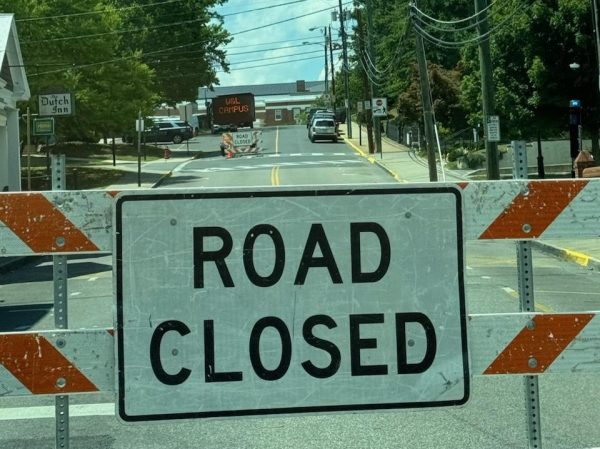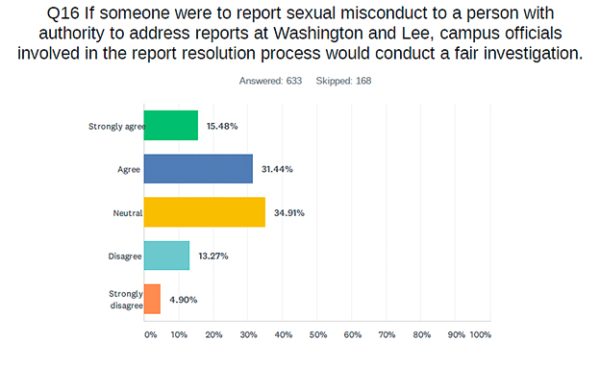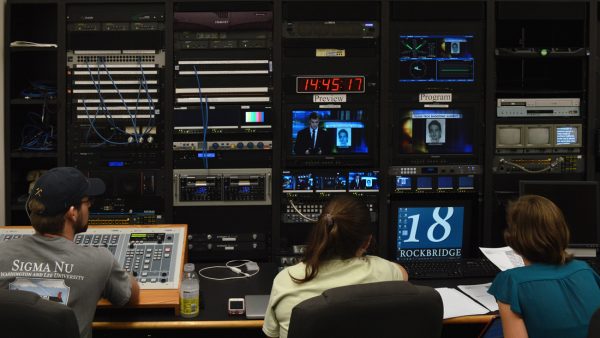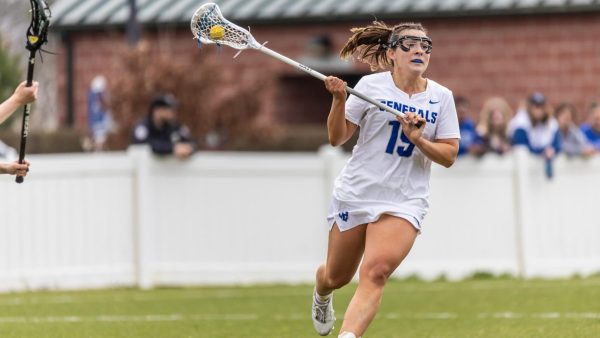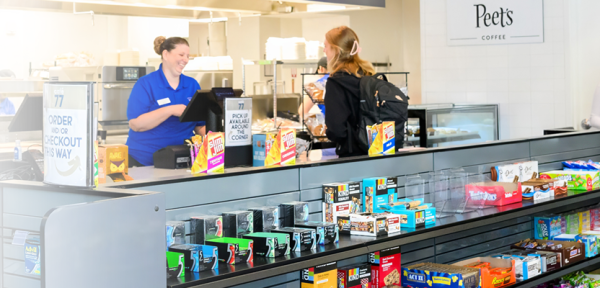Following study, colleges improve head injury prevention and treatment
After a concussion study by the NCAA in 2014 revealed sobering results that college athletes have suffered about 10,500 concussions over the past five years, colleges became incentivized to improve their head injury protocol
November 7, 2017
In 2014, the NCAA teamed up with the U.S. Department of Defense to launch a $30 million concussion study to increase the safety of student-athletes and service members.
According to the NCAA, this analysis was the most “comprehensive study of concussion and head impact exposure ever conducted.” The project studied 37,000 male and female NCAA student-athletes over a three-year period.
This study found that college athletes had suffered an average of 10,500 concussions over the last five years.
Washington and Lee student-athletes are no exception and have experienced their fair share of head injuries. Assistant Athletic Trainer Matt Phillips estimates that 20 student-athletes a year suffer from a concussion at W&L. This number fluctuates depending on the year.
Women’s soccer midfielder Danielle Spickard, ’19, said she had two possible concussions in eighth and ninth grade that went undiagnosed. Sophomore year of college, she was diagnosed with a concussion after she collided heads with a teammate while performing a header. This fall, she was diagnosed with another concussion after “heading the ball weird.” This resulted in a persistent headache that did not go away for days.
“If I sustain another concussion like the one I had last year, then I have decided that I will have to quit and take a serious break in order to recover completely,” Spickard said.
During her sophomore season, Spickard said she felt pressure to return to play too soon. Even though she had already been out for three weeks, returning to play caused her to relapse, which brought all her symptoms back.
“My least favorite feeling by far was just feeling like I was constantly in a fog and just didn’t feel right,” Spickard said. “That lasted for a very long time, and attempting to shake it was the most difficult part.”
W&L has a return-to-play protocol that requires all student-athletes, regardless of sport, to take a neurocognitive baseline test during their freshman year. If it is suspected that an athlete has sustained a concussion, they must pass the neurocognitive exam. Once passed, they follow a four- to five-day stepwise return-to-play process.
“The biggest concern is you can’t see what’s going on inside the brain. It’s very subjective,” Phillips said. “You’re reporting symptoms could be very different from someone else’s, but for example, an ACL tear is an ACL tear.”
In recent years, Hollywood pictures, media and national government have shined a spotlight on concussions in football. The NCAA found that of the 10,500 concussions suffered on average for the past five years, 3,400 occurred in football.
Outside linebacker Dominic Volpe, ’18, has only been diagnosed with one concussion during his college career. He took a helmet-to-helmet hit from a teammate during a game. Although it was a relatively minor concussion, he still had to follow the same protocol as someone who might have suffered a major concussion.
Volpe argues that although the game of football is currently receiving bad press related to concussions, the sport is “in a really good place.”
“A new helmet has been developed that’s being released next year that’s going to change everything when it comes to concussions in football,” Volpe said. “With the way it’s been designed and engineered it’s hopefully going to eliminate a lot of concussions and turn major ones into minor ones.”
These new helmets, called the ZERO1, are created by VICIS, a Seattle-based sports equipment company. The company says these helmets came as a result of a three-year, $20 million research and development effort.
“That, put together with recent and coming rule changes, is going to help a lot,” Volpe said.
So while concussions are a persistent problem, W&L and other colleges around the country continue to come up with ways to keep their students safe.



